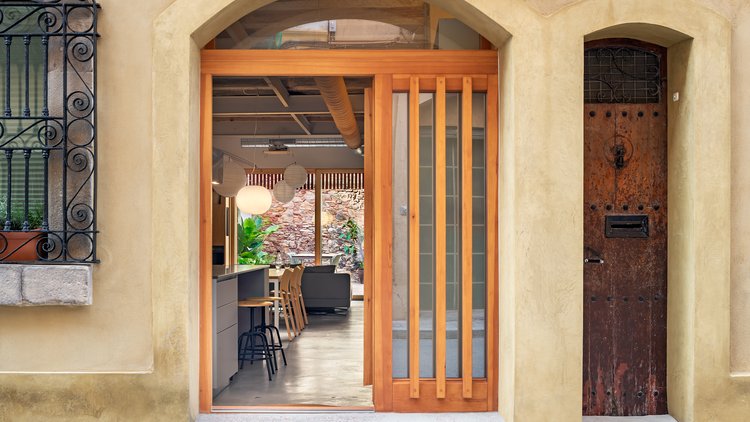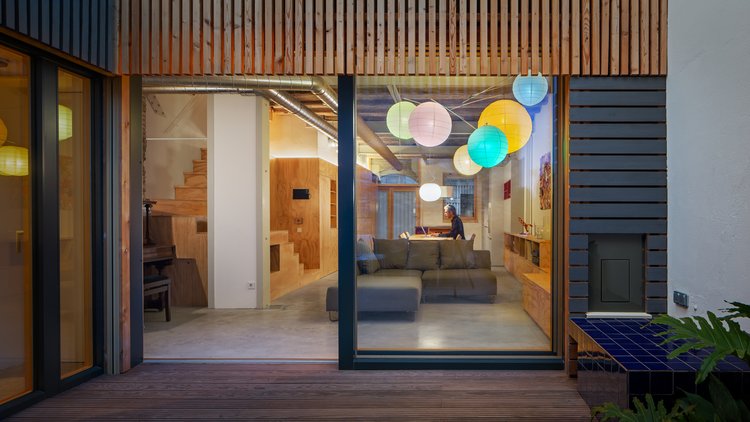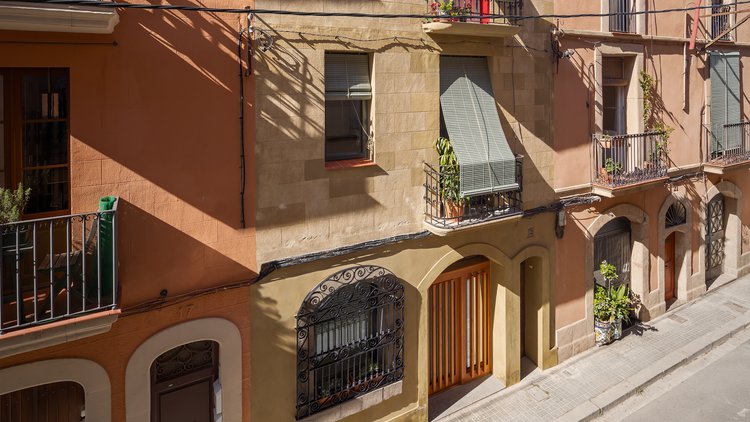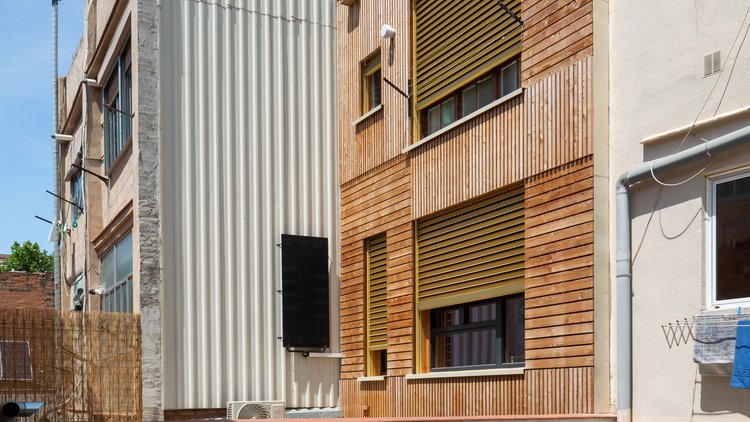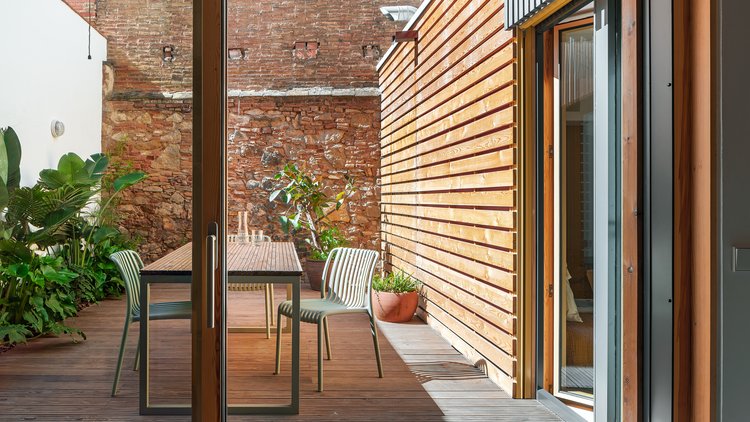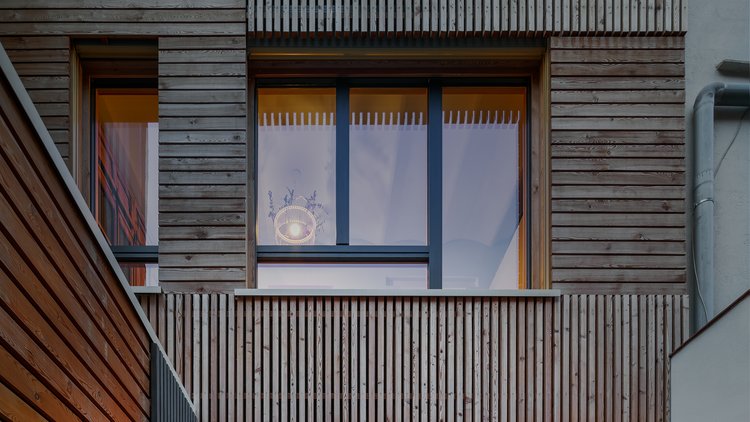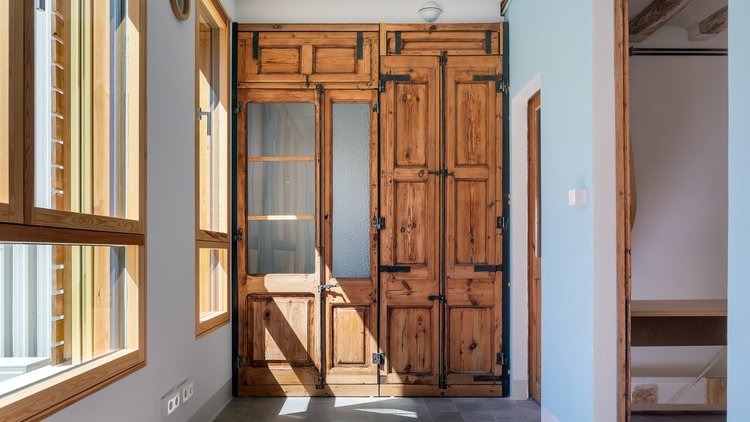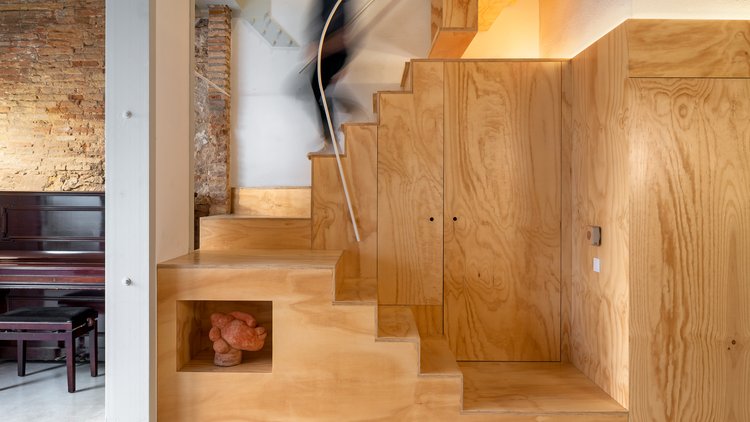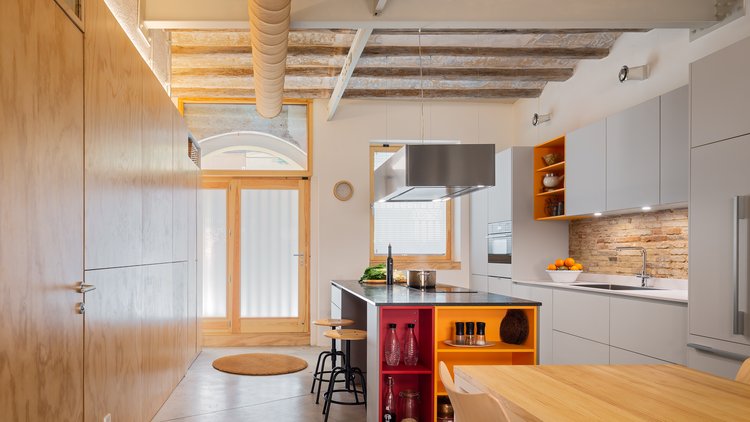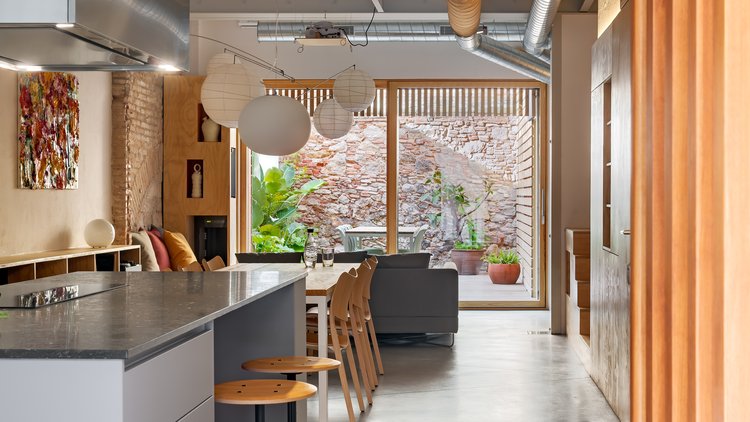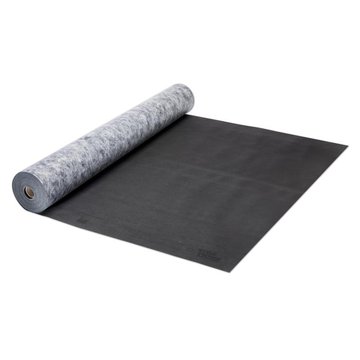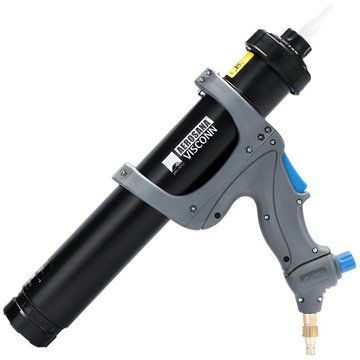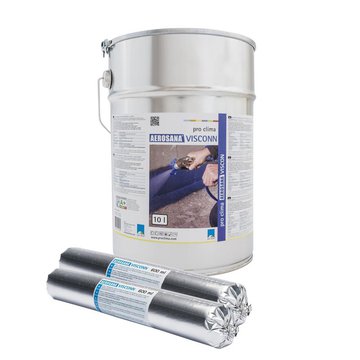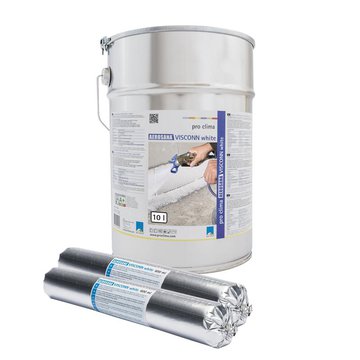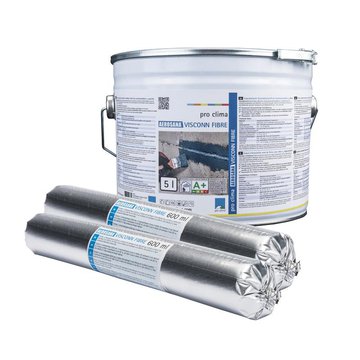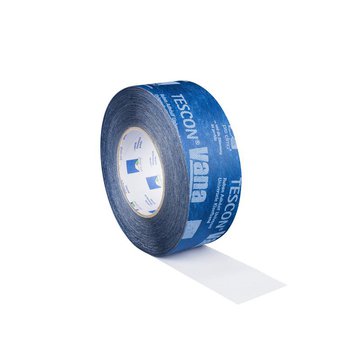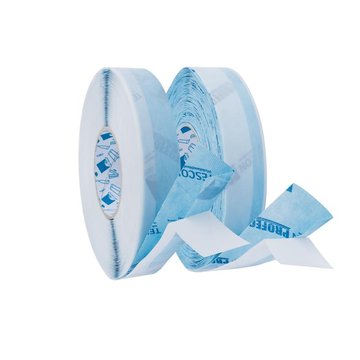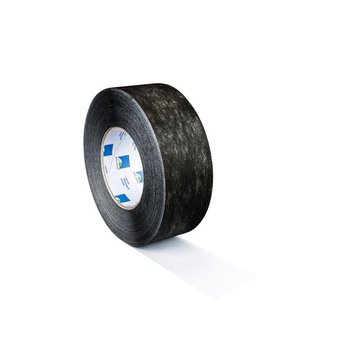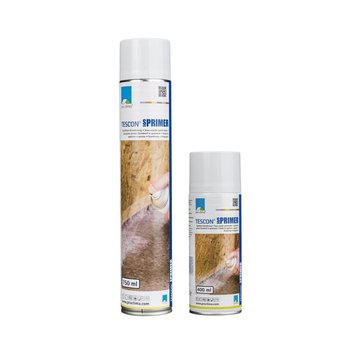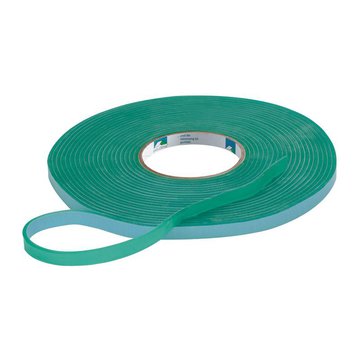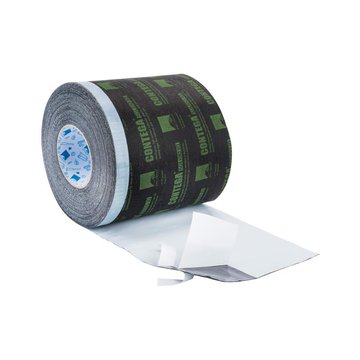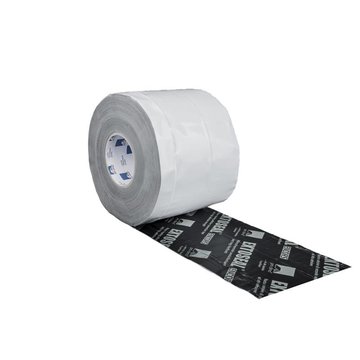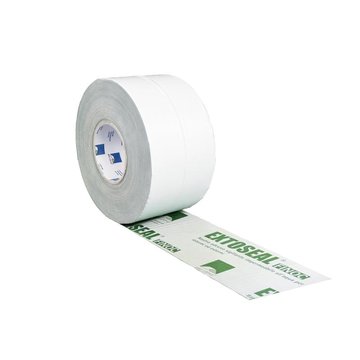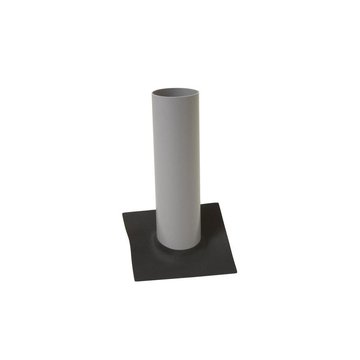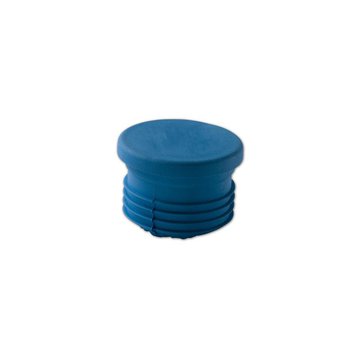Europe

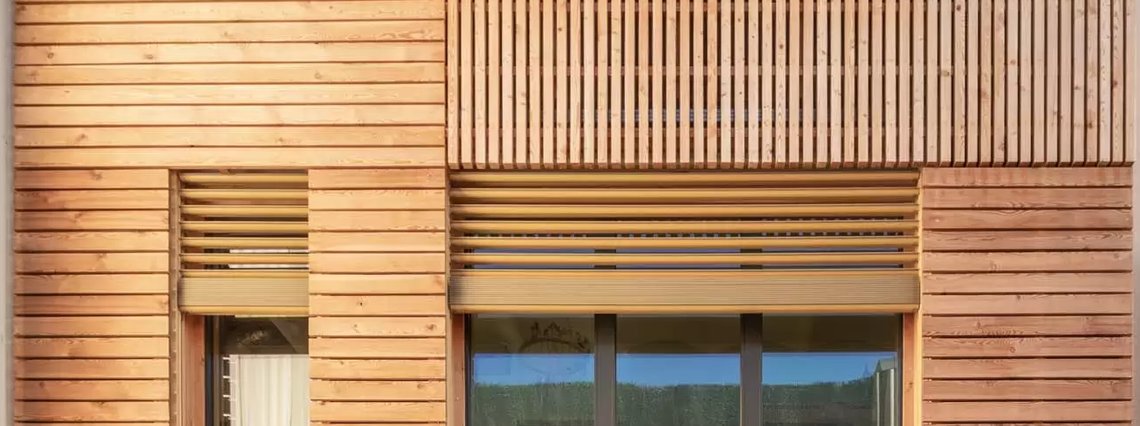

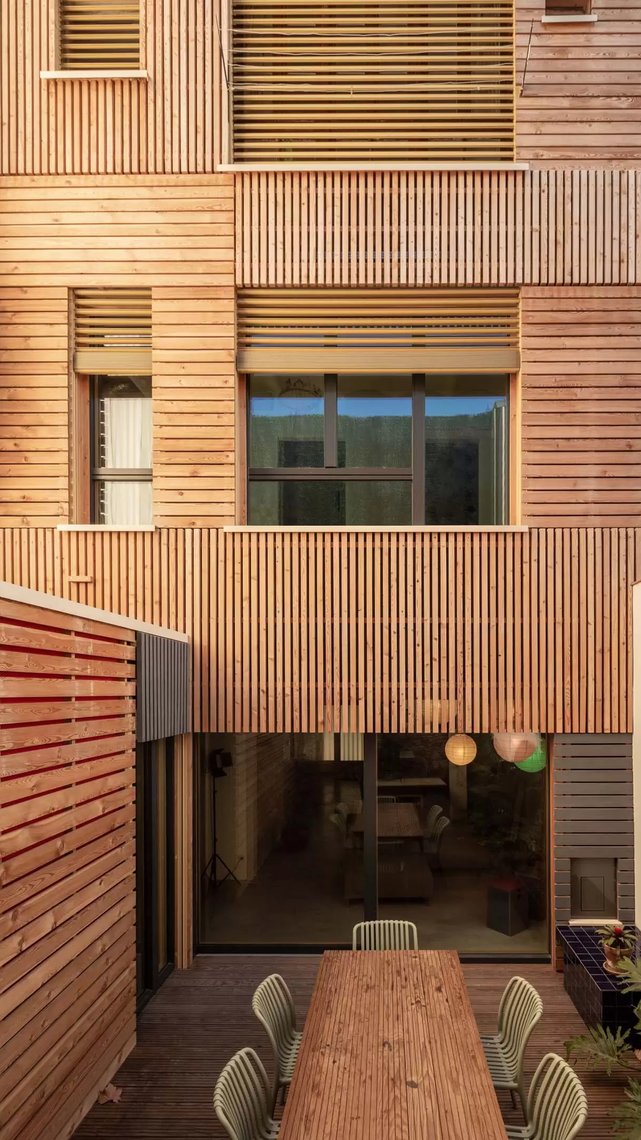
Mediterranean
passive
house
residence
in
Barcelona
With the ShowPass project, the Energiehaus design and certification practice has demonstrated how the multiple goals of optimal living comfort, a healthy indoor environment and energy efficiency can be achieved in a passive house by refurbishing a typical Mediterranean urban house that dates from the late 19th century. The retrofit work was carried out in 2021 in accordance with the international EnerPHit standard for refurbishments of existing buildings. Thanks to the resulting significant reduction in the energy requirement for the house, the newly installed photovoltaic system with an output of around 3 kWp is sufficient to cover most of the energy demand. The highly efficient PV panels used are particularly suitable for renovation projects, as they can be installed directly onto metal surfaces or roof sealings made of EPDM rubber.
ShowPass reduces the ecological footprint of the construction materials used by opting for solutions that involve minimal CO2 emissions during their manufacture, processing and installation. The low levels of CO2 emissions that nonetheless occur are offset using blockchain technology. As a result, the building has been awarded a “CO2 Neutral” certificate by the Ecometro environmental impact consultancy in Madrid.
- Year of construction: 2021
- Location: Barcelona, Spain
- Planner: Energiehaus (in Spanish only)
- Passive house certification: EnerPHit
- Photography: Pol Viladoms
To reduce the house’s energy requirements, the project planners decided to replace the leaky existing windows and to insulate the rear-facing facade in an airtight manner. Installed behind the open-jointed larch wood cladding, the SOLITEX FRONTA PENTA breather membrane (weather-resistive barrier, WRB) protects the thermal insulation and keeps the structure dry thanks to its pore-free, moisture-activated functional membrane. In this way, this pro clima membrane helps make buildings particularly energy-efficient and also provides effective protection against moisture damage to structures.
All the contractors worked in accordance with the ISO 7730 standard to ensure optimal thermal comfort. External shading provides protection against the sun during the summer. In addition, the wooden rainscreen facade combined with natural night-time ventilation provide pleasant cooling in the transitional periods before and after the winter heating season.
In winter, the cold is kept out by the well insulated, airtight building envelope with insulating windows that have low thermal transmittance (U-value of 1.0 W/m2 K).
Alongside their main goal of energy efficiency, the project planners also focused on achieving a healthy indoor environment with good air quality. For the interiors, natural materials without chemical additives were chosen – such as sheep wool, wood fibre and timber. Construction materials were employed that had passed independent tests for harmful substances.
In this project, a heat exchanger with an intelligent control system continuously extracts harmful substances (CO2, VOCs, radon etc.) from the indoor air and expels it to the outside. High-performance filters purify the incoming air by removing pollutants from exhaust gases from transport and industry.

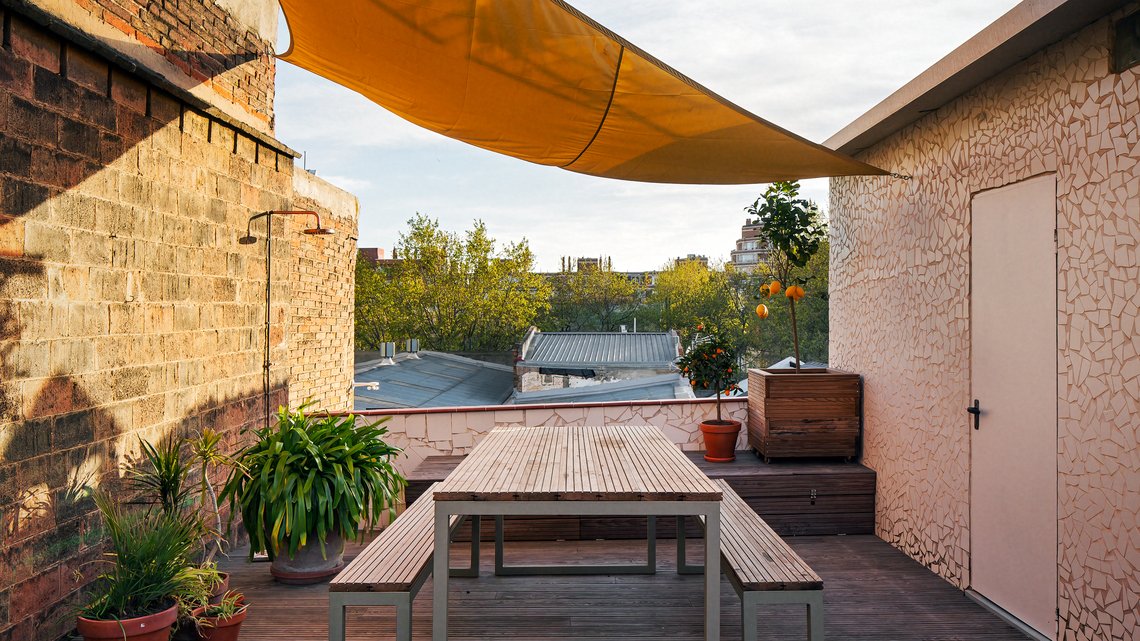
More information about this project (in Spanish only)

